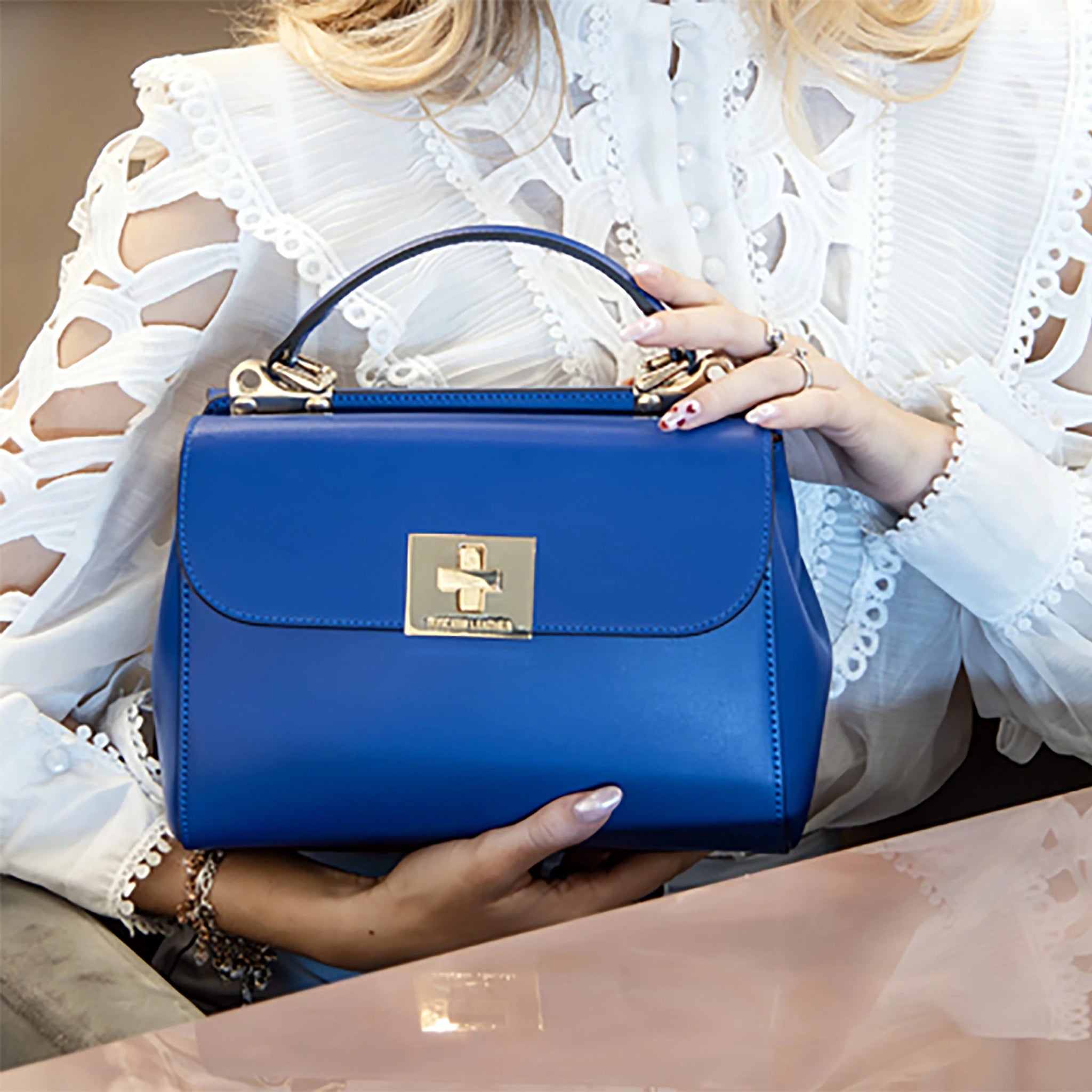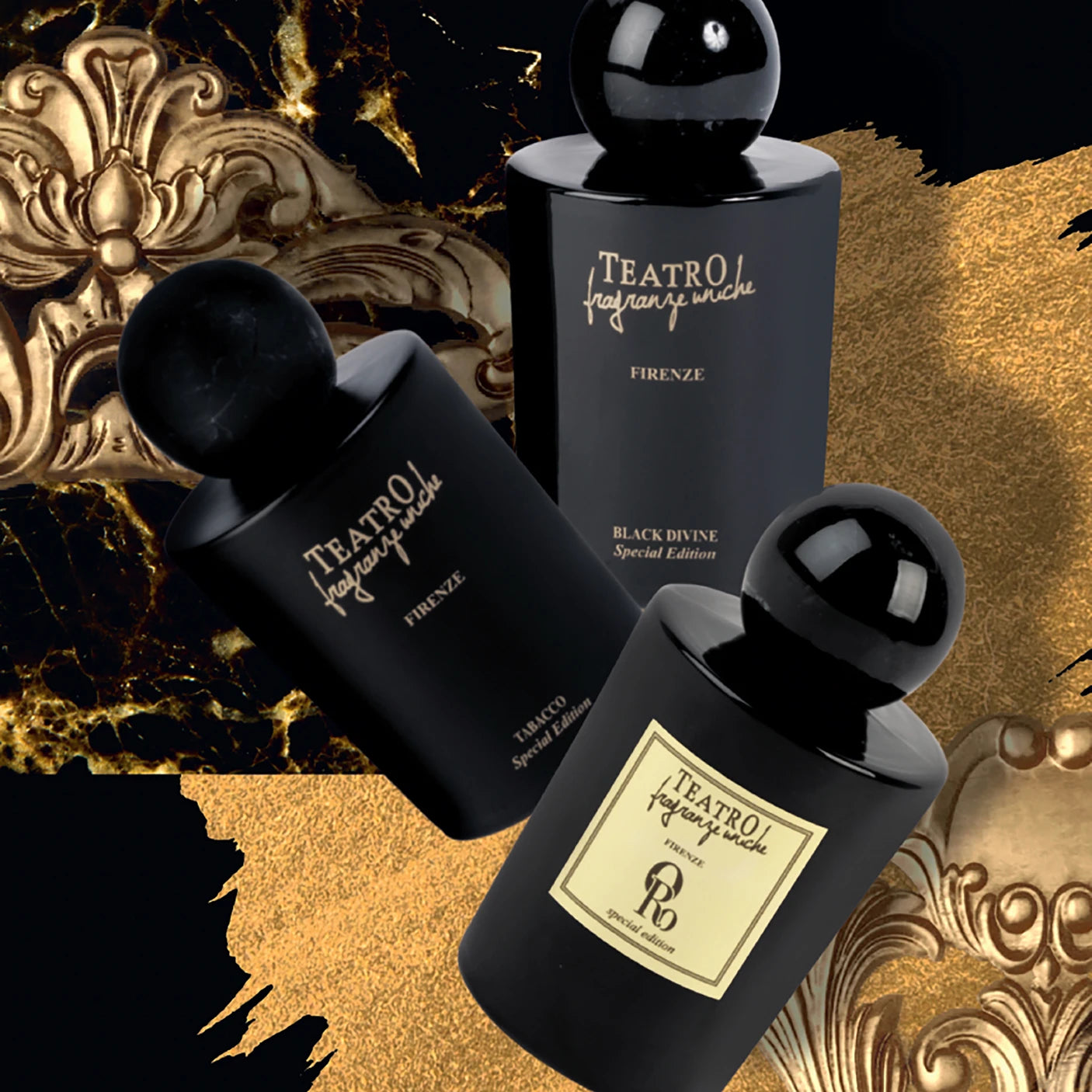Traditional Craftsmanship: Sustainable Vegetable-Tanned Leather
In the world of leather crafting, there's a timeless tradition that not only preserves the artistry of the craft but also champions sustainability and environmental consciousness: vegetable tanned leather. Far removed from the mass-produced, chemically treated alternatives, vegetable tanning harkens back to an era where craftsmanship and environmental responsibility went hand in hand. This method of vegetable tanning uses natural tannins derived from plants, such as oak bark, chestnut, quebrachoor and mimosa, instead of harmful chemicals commonly used in conventional leather production. Vegetable-tanned leather not only offers a more eco-friendly option, but it also results in a product that ages beautifully over time, developing a unique patina that tells a story. It possesses a distinct smell and texture that cannot be replicated with synthetic materials.
By embracing the revival of traditional craftsmanship, brands are aligning themselves with the values of conscious consumers who prioritize quality, longevity, and sustainability. With an increased focus on transparency and social responsibility, vegetable-tanned leather provides a viable solution for those looking to make more ethical choices without compromising on style. Join us as we delve into the world of vegetable-tanned leather, exploring its benefits, origins, and the brands that are championing this sustainable and timeless material.
What is vegetable-tanned leather?
Vegetable-tanned leather is a type of leather that is tanned using natural substances derived from plants. Unlike conventional leather production that relies on harsh chemicals such as chromium salts, vegetable tanning utilizes tannins found in bark, leaves, and fruits of various plants. The process involves soaking the animal hides in a tannin-rich solution, allowing the natural tannins to gradually penetrate the fibers and transform the raw material into leather. This method dates back centuries, and it is known for its environmentally friendly nature and ability to produce high-quality leather with unique characteristics.
Vegetable-tanned leather has a distinct and desirable smell that is often associated with luxury and craftsmanship. It has a warm, earthy aroma that cannot be replicated by synthetic materials or other types of leather. In addition to its olfactory appeal, vegetable-tanned leather also boasts a rich and natural texture that becomes softer and more supple with use, making it a delight to touch and handle. These qualities set vegetable-tanned leather apart from its counterparts and contribute to its growing popularity among consumers seeking a more sustainable and authentic alternative.
Vegetable-tanned leather is not limited to a specific type of animal hide. It can be produced from various sources, including cowhide, sheepskin, and even exotic leathers like alligator or snake. This versatility allows for the creation of a wide range of products, from shoes and bags to belts and wallets, all made with the same commitment to sustainability and craftsmanship.
The history and significance of vegetable-tanned leather
The history of vegetable tanning can be traced back to ancient civilizations, where it was discovered that certain plants possessed the ability to transform raw animal hides into durable and flexible leather. This discovery revolutionized the way leather was produced, making it an essential material for everyday life. From footwear and clothing to armor and bookbinding, vegetable-tanned leather became a staple in the development of human civilization.
Throughout history, vegetable tanning techniques were passed down from generation to generation, often kept as closely guarded secrets within families or communities. This tradition of craftsmanship ensured that the knowledge and skills required to produce vegetable-tanned leather were preserved and refined over time.
In recent decades, as the fashion industry shifted towards mass production and synthetic materials, the art of vegetable tanning began to decline. However, with the rise of sustainability and the demand for more ethical fashion choices, vegetable-tanned leather has experienced a resurgence. Brands and consumers alike are reconnecting with the heritage and significance of vegetable-tanned leather, recognizing its value not only as a durable and beautiful material but also as a symbol of tradition and sustainability.
The traditional process of vegetable-tanning
The process of vegetable tanning is a time-honored tradition that requires skilled craftsmanship and attention to detail. While the exact methods may vary depending on the tanner and the desired outcome, the general steps involved in vegetable-tanning leather remain consistent.
The first step in vegetable tanning is the selection and preparation of the raw hides. The hides are carefully inspected for quality, and any imperfections or unwanted substances are removed. Once the hides are prepared, they undergo a process called soaking, where they are immersed in water to remove any remaining dirt or impurities.
After soaking, the hides are ready for the actual tanning process. The tanner prepares a tannin-rich solution by extracting tannins from plants such as oak bark, chestnut, quebracho, or mimosa. The hides are then immersed in this solution, allowing the tannins to gradually penetrate and bond with the collagen fibers of the hide. This step can take several weeks, during which the hides are periodically checked and worked to ensure proper absorption of the tannins.
Once the tanning process is complete, the hides are washed and dried. This is followed by a process called fatliquoring, where oils or fats are applied to the leather to enhance its suppleness and flexibility. The hides are then stretched, dried, and conditioned to achieve the desired texture and finish.
The final step in vegetable-tanning leather is the finishing process, where the leather is buffed, dyed, and polished to enhance its appearance. This step allows for customization, as different colors, textures, and finishes can be achieved depending on the desired outcome.
Benefits of using vegetable-tanned leather
Choosing vegetable-tanned leather comes with a multitude of benefits, both for the environment and the end consumer. One of the most significant advantages is its reduced impact on the planet. Unlike conventional leather production, which relies on toxic chemicals and pollutants, vegetable tanning uses natural tannins that are biodegradable and less harmful to ecosystems. This makes vegetable-tanned leather a more sustainable choice, as it minimizes the release of harmful substances into the environment.
Moreover, vegetable-tanned leather offers superior quality and longevity. The natural tanning process allows the leather to retain its strength and durability, ensuring that products made from vegetable-tanned leather can withstand the test of time. With proper care, these items can last for decades, reducing the need for frequent replacements and contributing to a more sustainable and less wasteful lifestyle.
Another notable benefit of vegetable-tanned leather is its ability to develop a unique patina over time. As the leather ages, it undergoes a natural transformation that results in a rich and deepening color, creating a personalized and distinctive appearance. This aging process adds character to the leather and tells a story of the item's journey with its owner, making each piece truly one-of-a-kind.
In addition to its environmental and aesthetic advantages, vegetable-tanned leather is also favored for its health benefits. Unlike synthetic materials that can cause skin irritation and allergies, vegetable-tanned leather is hypoallergenic and gentle on the skin. It allows for better breathability and moisture absorption, ensuring optimal comfort even during prolonged use.
Comparison between vegetable-tanned leather and other types of leather
When it comes to leather production, there are various methods and types to consider. While vegetable-tanned leather stands out for its sustainability and unique qualities, it's worth exploring how vegetable-tanned leather compares to other commonly used leathers.
One popular alternative is chrome-tanned leather, which accounts for the majority of leather production worldwide. Unlike vegetable tanning, which uses natural tannins, chrome tanning relies on chromium salts. While chrome tanning is faster and more cost-effective, it has a significantly higher environmental impact due to the toxic chemicals involved. Furthermore, chrome-tanned leather lacks the natural aging process and patina development that vegetable-tanned leather offers.
Another type of leather is synthetic leather or faux leather, which is made from petroleum-based materials such as PVC or polyurethane. While synthetic leather may mimic the appearance of genuine leather, it lacks the durability, breathability, and natural aging process of vegetable-tanned leather. Moreover, the production of synthetic leather involves the use of non-renewable resources and harmful chemicals, making it less sustainable and environmentally friendly.
By choosing vegetable-tanned leather, consumers can enjoy the best of both worlds - a sustainable and ethical material that offers exceptional artisanal quality and timeless beauty.
Sustainable practices in vegetable-tanned leather production
Sustainability is at the core of vegetable-tanned leather production. From the sourcing of raw materials to the tanning process itself, several sustainable practices contribute to the overall eco-friendliness of this traditional craftsmanship technique.
One key aspect is the use of natural tannins derived from plants. These tannins are obtained from tree barks, fruits, and leaves, which can be sustainably harvested without causing harm to the environment. By relying on renewable resources, the production of vegetable-tanned leather minimizes the depletion of natural habitats and reduces the carbon footprint associated with conventional leather production.
Furthermore, vegetable tanning utilizes a combination of traditional methods and modern technologies to optimize resource efficiency. The process involves recycling and reusing water, minimizing waste, and implementing energy-efficient practices. By adopting these sustainable practices, vegetable-tanned leather producers can reduce their environmental impact while still producing high-quality leather goods.
In addition to environmental sustainability, vegetable-tanned leather production also emphasizes social responsibility. Many brands that specialize in vegetable-tanned leather work closely with local artisans and craftsmen, supporting traditional skills and providing fair wages. This commitment to ethical practices ensures that the production of vegetable-tanned leather not only benefits the environment but also the communities involved in its creation.
Maintenance and care for vegetable-tanned leather goods
To ensure that vegetable-tanned leather goods continue to age gracefully and maintain their quality, proper care and maintenance are essential. Here are some tips to keep in mind:
1. **Keep it clean:** Regularly remove dirt and dust from your vegetable-tanned leather goods using a soft, dry cloth. Gently wipe the surface to avoid scratching or damaging the leather.
2. **Condition regularly:** Use a leather conditioner specifically formulated for vegetable-tanned leather to keep it moisturized and supple. Apply a small amount of conditioner using a clean cloth, and gently massage it into the leather. Allow the conditioner to absorb and wipe off any excess.
3. **Avoid exposure to water:** While vegetable-tanned leather is more water-resistant than chrome-tanned leather, it is still susceptible to water damage. Avoid exposing your leather goods to excessive moisture, and if they do get wet, allow them to air dry naturally away from direct heat sources. If the leather becomes stiff after drying, apply a small amount of conditioner to restore its flexibility.
4. **Protect from direct sunlight:** Prolonged exposure to direct sunlight can cause the leather to fade or discolor. Store your vegetable-tanned leather goods in a cool, dry place, away from direct sunlight when not in use. If you need to carry them outdoors, consider using a protective cover or bag.
5. **Handle with care:** Vegetable-tanned leather can develop scratches and marks over time, adding to its unique character. However, it's still important to handle your leather goods with care to minimize unnecessary damage. Avoid sharp objects or rough handling that could potentially harm the leather.
By following these simple care instructions, you can ensure that your vegetable-tanned leather goods remain in excellent condition and continue to age beautifully.
Embracing sustainable craftsmanship through vegetable-tanned leather
The revival of traditional craftsmanship and the growing demand for sustainable alternatives have paved the way for vegetable-tanned leather to reclaim its rightful place in the fashion industry. This eco-friendly and timeless material offers numerous benefits, from its rich texture and unique aging process to its reduced environmental impact and social responsibility.
By choosing vegetable-tanned leather, consumers can support brands that prioritize quality, longevity, and sustainability. Each vegetable-tanned leather product tells a story of heritage and craftsmanship, offering a tangible connection to the past while embracing a more conscious and ethical future.
As we navigate a world that increasingly values transparency, social responsibility, and environmental stewardship, vegetable-tanned leather stands as a testament to the enduring beauty and value of sustainable craftsmanship. By embracing this traditional technique, we can revive the art of vegetable tanning and pave the way for a more sustainable and thoughtful approach to fashion and beyond. Together, let us celebrate the revival of traditional craftsmanship, and make a lasting impact on the future of our planet.








Leave a comment
This site is protected by hCaptcha and the hCaptcha Privacy Policy and Terms of Service apply.